Pedestrian Vs Car Deaths Have Risen 80% Since 2009, Here's Why
Vehicles with tall front ends pose a significant danger to pedestrians, according to new research conducted by the Insurance Institute for Highway Safety (IIHS). The study reveals that while taller vehicles like pickups, SUVs, and vans with hood heights exceeding 40 inches are 45 percent more likely to be involved in fatal pedestrian crashes, even medium-height vehicles with blunt profiles can be deadly. The findings underscore the need for automakers to consider the design of their vehicles to enhance pedestrian safety.
The IIHS study, which analyzed nearly 18,000 pedestrian crashes, found a clear correlation between the height and front-end design of vehicles and the risk they pose to pedestrians. One key finding is that vehicles with hood heights greater than 40 inches are significantly more likely to cause fatalities in pedestrian collisions than vehicles with hood heights of 30 inches or less and a sloping profile.
IIHS President David Harkey commented on the study's results, stating, "Some of today’s vehicles are pretty intimidating when you’re passing in front of them in a crosswalk. These results tell us our instincts are correct: More aggressive-looking vehicles can indeed do more harm."
Pedestrian crash fatalities have seen an alarming 80 percent increase since their lowest point in 2009. In 2021 alone, nearly 7,400 pedestrians lost their lives in accidents involving vehicles. Factors contributing to this rise include speeding, poorly designed infrastructure, and the growing prevalence of pickups and SUVs on the road.
Over the past three decades, the average passenger vehicle in the United States has grown substantially in size, with increased width, length, height, and weight. Many vehicles now have hoods that exceed 40 inches in height, posing a significant challenge to pedestrian safety.
To investigate the link between vehicle size, shape, and pedestrian fatality risk, IIHS researchers analyzed a large dataset of single-vehicle/single-pedestrian crashes. They calculated key front-end measurements for various vehicle models, excluding those with pedestrian automatic emergency braking systems. The study controlled for other factors such as speed limits and the age and sex of pedestrians.
The study found that vehicles with hoods exceeding 40 inches in height and a grille slope of 65 degrees or less were 45 percent more likely to cause pedestrian fatalities. Similarly, vehicles with hood heights over 40 inches and blunt front ends angled at more than 65 degrees had a 44 percent increased risk of causing fatalities.
IIHS Senior Research Transportation Engineer Wen Hu, the lead author of the study, emphasized, "Manufacturers can make vehicles less dangerous to pedestrians by lowering the front end of the hood and angling the grille and hood to create a sloped profile. There’s no functional benefit to these massive, blocky fronts."
While sloping front ends were found to be effective in reducing the risk for medium-height vehicles with hood heights between 30 and 40 inches, they did not mitigate the risk posed by vehicles with the tallest hoods.
The research also examined other vehicle characteristics, with the slope of the hood having the most significant impact on pedestrian safety. Vehicles with flat hoods (angles of 15 degrees or less) were associated with a 25 percent increase in the risk of pedestrian fatalities, regardless of height or front-end shape.
Additionally, a smaller study within the research explored the detailed records of 121 crashes where the front end of a vehicle struck a pedestrian. Taller vehicles (hood leading edge more than 35 inches off the ground) were found to be more dangerous, causing more severe head injuries. Among these taller vehicles, those with vertical front ends posed a greater threat, resulting in more frequent and severe torso and hip injuries.
IIHS President David Harkey concluded, "It’s clear that the increasing size of the vehicles in the U.S. fleet is costing pedestrians their lives. We encourage automakers to consider these findings and take a hard look at the height and shape of their SUVs and pickups." The study's findings underscore the importance of designing vehicles with pedestrian safety in mind, potentially saving countless lives in the future.
Become an AutoGuide insider. Get the latest from the automotive world first by subscribing to our newsletter here.
This article was co-written using AI and was then heavily edited and optimized by our editorial team.
More by AutoGuide.com Staff



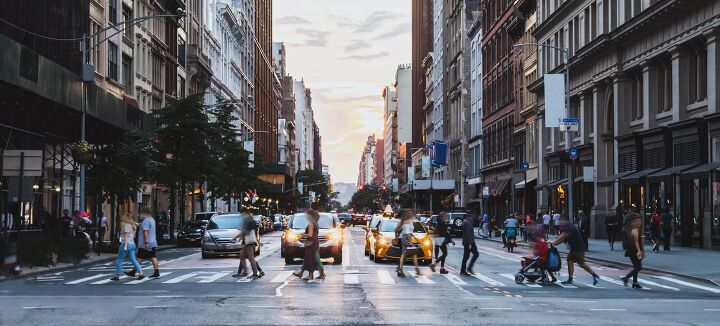















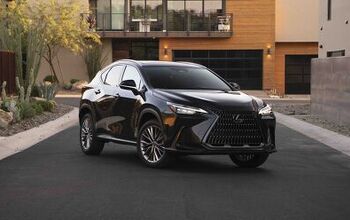

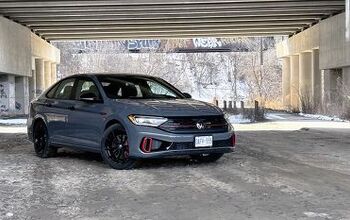

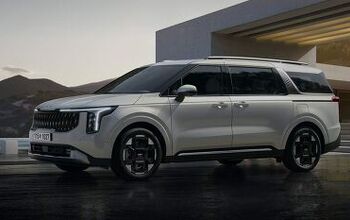

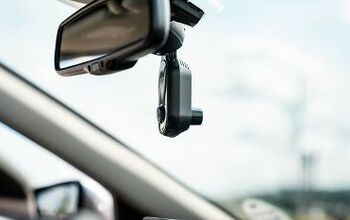
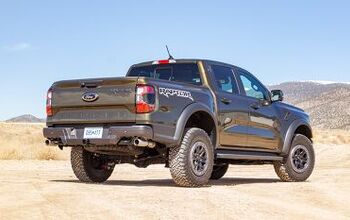
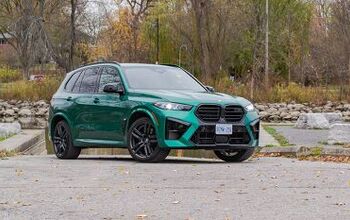
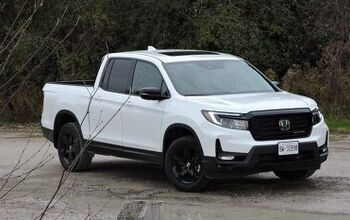



Comments
Join the conversation